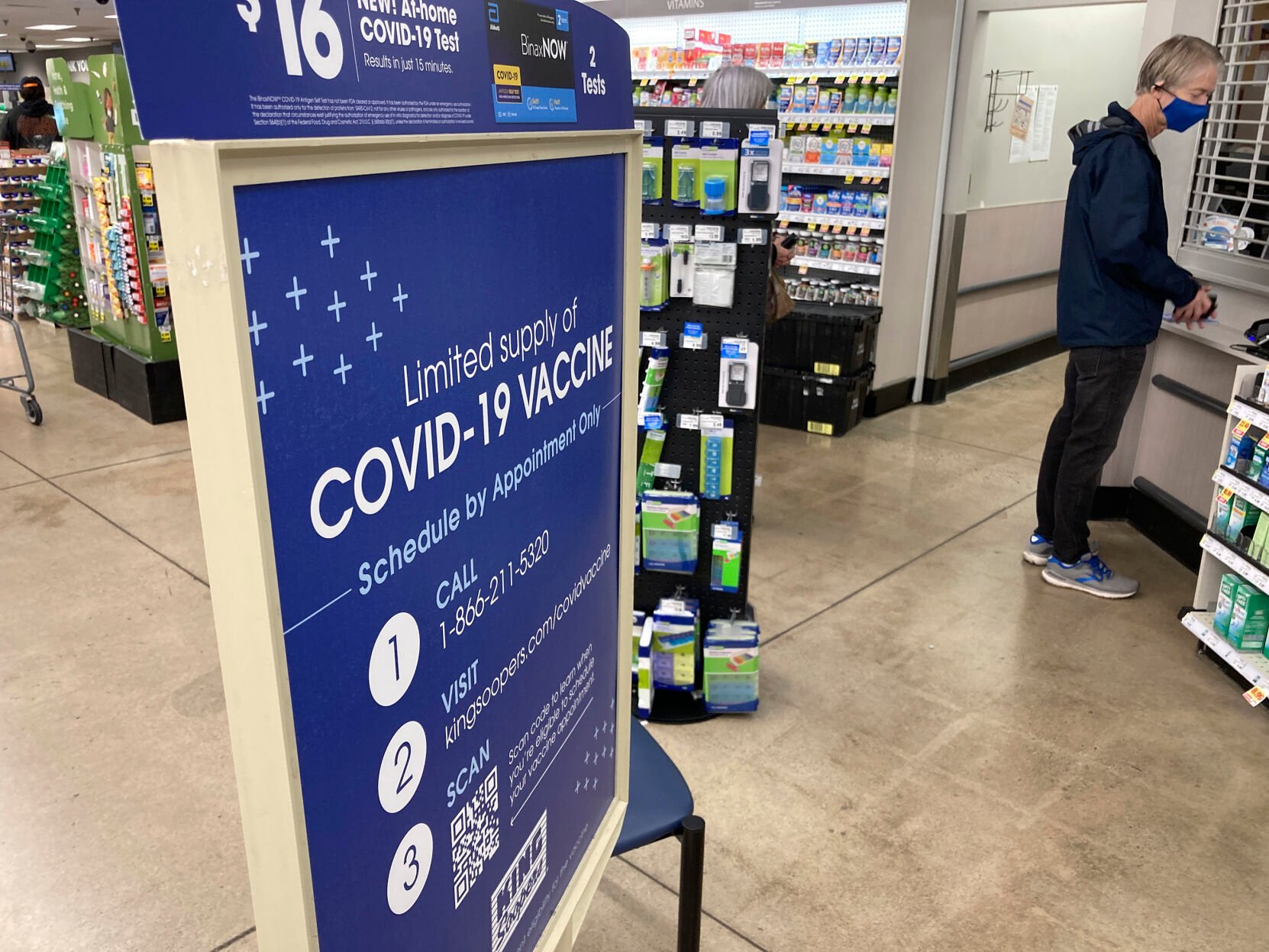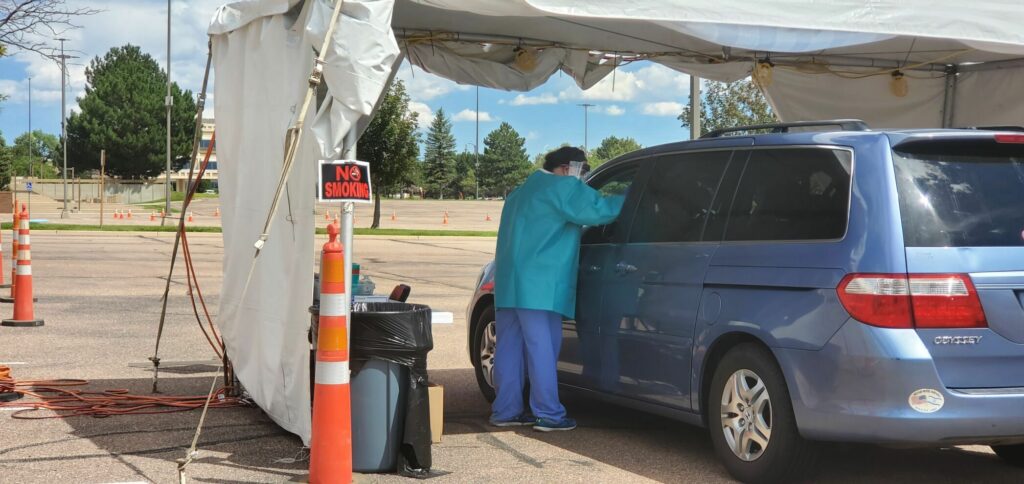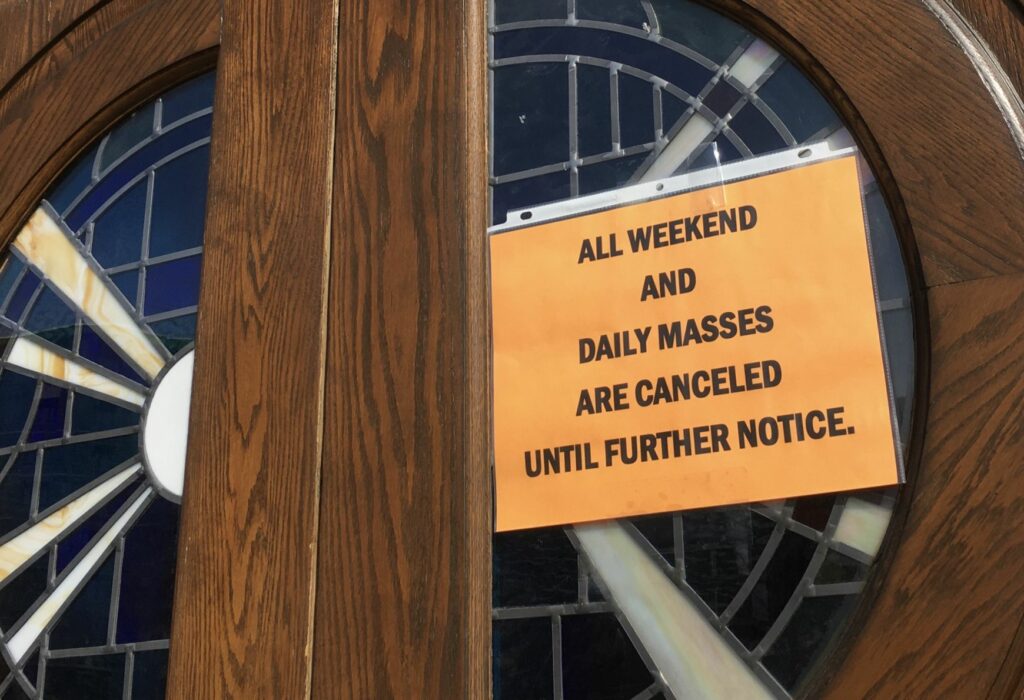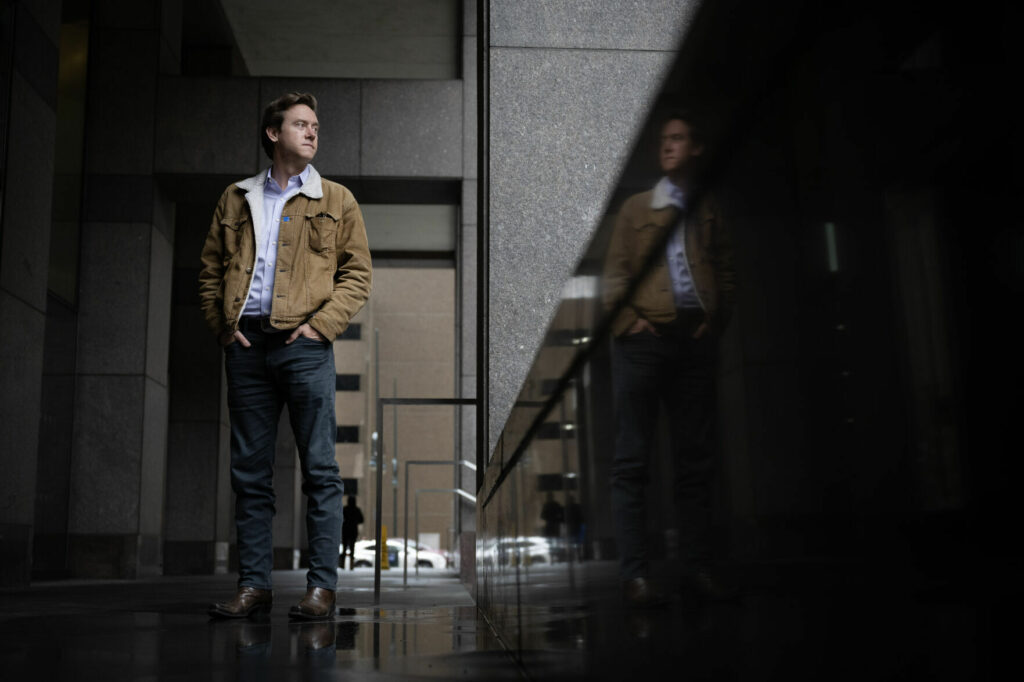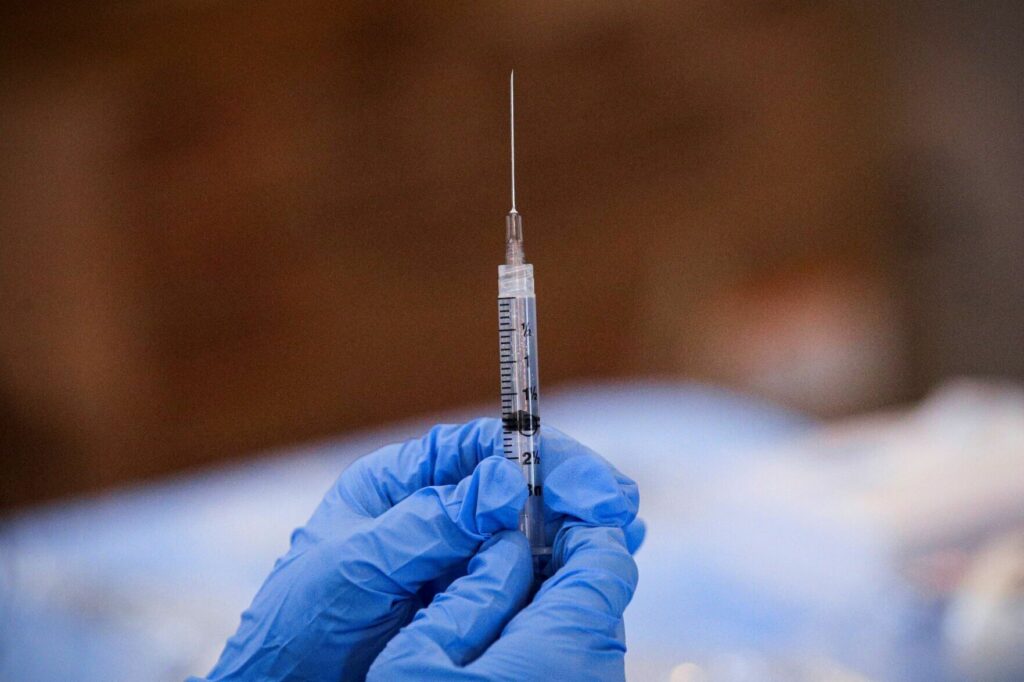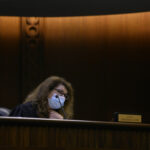Colorado officials: COVID increase will last for weeks more, but with lower peak than in past

Colorado has several weeks of increasing COVID-19 numbers ahead of it, state health officials said Thursday, a surge fueled by new sub-strains of the virus jockeying for dominance.
But the expected peak of this latest wave is projected to be well below those of months past.
Every pandemic metric tracked by the state – new cases, positivity rate and hospitalizations – is moving in the wrong direction, state epidemiologist Rachel Herlihy told reporters. Those metrics are at their highest points in weeks, reversing some of the gains Colorado has made since the omicron wave receded in February. New subvariants of omicron have emerged over the past two months, and four are now present in the state.
BA.2 has been dominant since the end of March, when it displaced the initial omicron strain. It was more transmissible than its parent, which itself had been more transmissible than any previous strain of the virus. But it’s now being displaced by the latest subvariant, BA.2.12.1. That, too, is more transmissible than any previous strain.
Now, two new subvariants – BA.4 and BA.5 – have both been identified in Colorado. They’ve led to increasing cases elsewhere, and they’ve shown some degree of ability to escape immunity from vaccines and previous infections, Herlihy said.
What impact BA.4 and BA.5 will have in Colorado, though, remains unclear, particularly amid BA.2.12.1’s growing prominence.
“We don’t really know at this point if BA.4 and BA.5 are going to have any sort of an advantage in spreading more rapidly than BA.2.12.1,” she said. “Lots of questions remain about whether BA.4 and 5 are going to take off here or if they’re similar to BA.2.12.1, meaning they wouldn’t necessarily replace it.”
Thus far, she said, there’s been no evidence to indicate any of these subvariants cause more severe disease than their predecessors. That’s good news: State modeling of the next several weeks of the pandemic indicates hospitalizations will peak somewhere between 500 and 800 patients. If the subvariants aren’t more severe, then that number may be toward the lower end.
As of Wednesday, 144 Coloradans were hospitalized with COVID-19, about 60% of whom are hospitalized due to the disease (the rest were admitted for another reason and incidentally tested positive). That’s a fraction of previous peaks – 1,676 were hospitalized at the height of omicron. But it’s still a bump from recent weeks: Seventy-seven people were hospitalized with the disease as of April 12, the lowest number in two years.
Still, a more transmissible but less severe strain can still present challenges. Omicron was less severe than its predecessor, delta. But it placed hospitals in one of their tightest positions of the entire pandemic because of the sheer number of infections it caused. Those infections included health care workers, who were sick in high numbers and caused additional strain on hospitals.
Herlihy again noted that the current projections are well below the omicron peak.
“But they could indicate some strain on our health care system, could make things tighter in our health system,” she continued. “And our health care providers and our health care facilities could certainly feel some stress in the coming weeks.”
She and other state officials recommended high-risk individuals – older residents or those with compromised immune systems – consider wearing masks, testing before and after gatherings, and social distancing.
Scott Bookman, the state’s COVID-19 incident commander, said the state would continue to work with local public health agencies on their individual responses to the shifting pandemic. But he gave no indication that any statewide mandates – like masking – are on the horizon.
“Understandably it’s been a long 2-plus years at this point,” Bookman said, “and we do know people are getting tired of the virus. Unfortunately, that doesn’t stop the virus from doing what it will do.”
The state has begun to unwind some of its public-facing response, like large community vaccine and testing sites, and it’s stopped providing at-home testing kits because of a similar federal program. But the virus, Bookman said, “is here to stay.”
“There’s no doubt about that,” he continued. “We have seen it generally evolve, something that is maybe more transmissible but less severe overall. We have learned how to live with the influenza virus, and every season, we have a vaccine that is tuned to what we predict to be the predominant strains (of flu). We do our best to ensure that those who are most vulnerable get that vaccine, and I think we’re at a point now where we have to start looking at COVID in a very similar way.”
